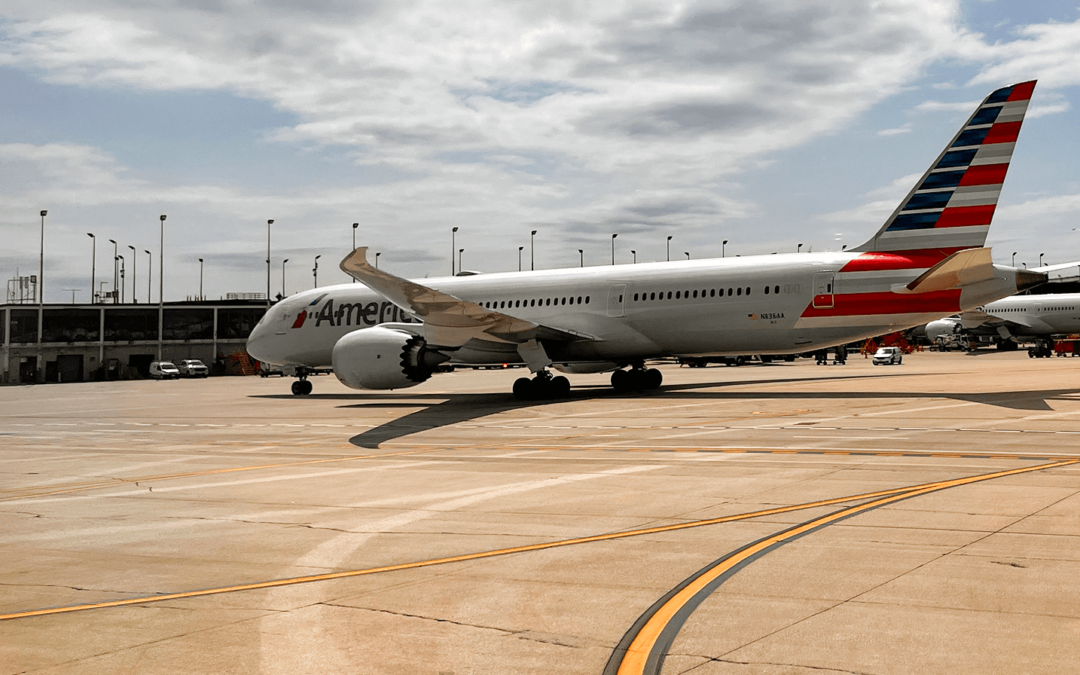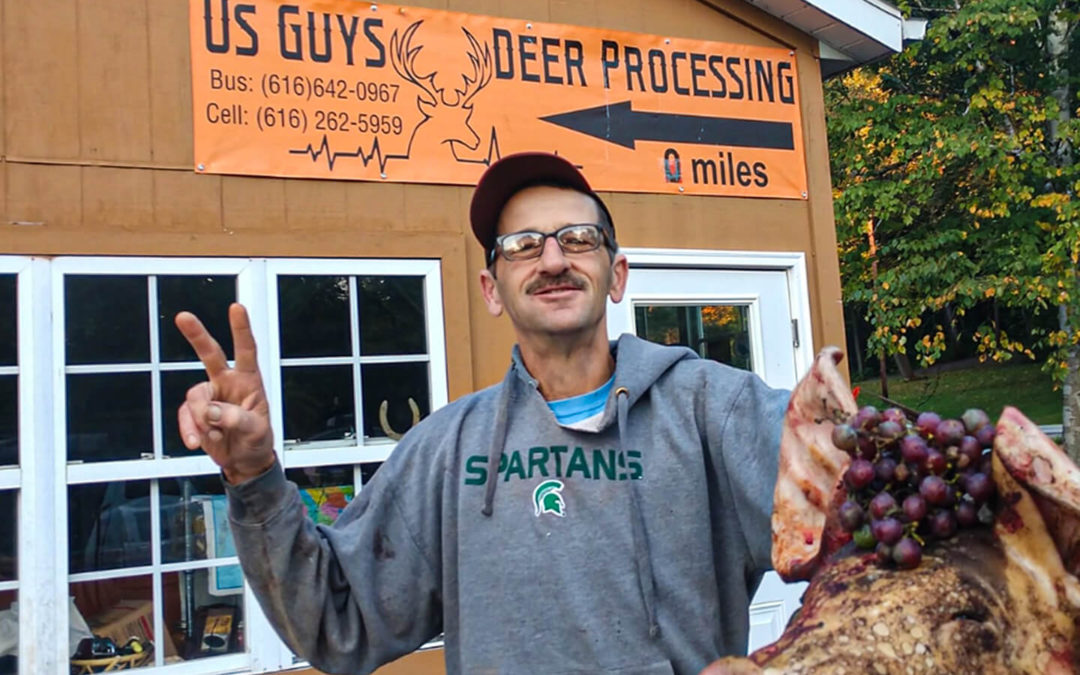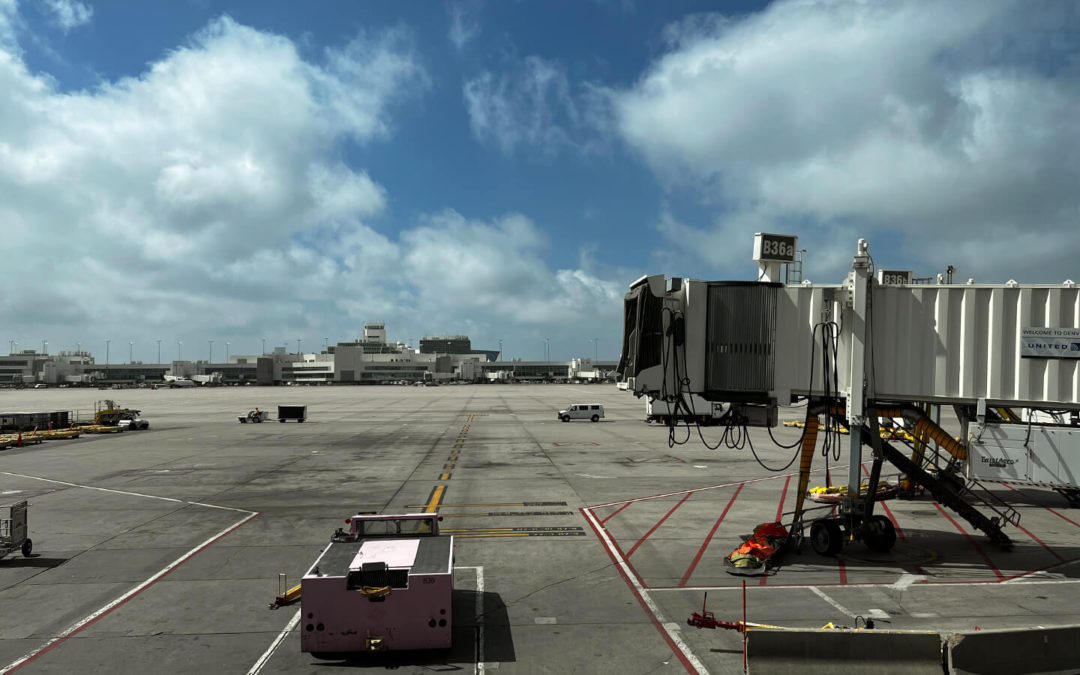
by Eric Price | Aug 29, 2023 | Front Page, MNPL, Other News, Perusals, Recent News, Row 2
U.S. Department of Transportation Slams American Airlines With Record Fines for Tarmac Delays IAM141.org August 29, 2023 WASHINGTON – Today, the U.S. Department of Transportation charged American Airlines a $4.1 million fine for breaking the law by repeatedly...

by Eric Price | Aug 27, 2023 | Front Page, MNPL, Other News, Recent News, Row 2
American Dream Fading as 75% of U.S. Homes Out of Reach for Middle Class IAM141.org August 27, 2023 The Unaffordable Neighborhood: 75% of Homes Out of Reach for Middle-Income Buyers A recent report from the National Association of Realtors and Realtor.com paints a...

by Eric Price | Aug 17, 2023 | Community Service Page, Front Page, Other News, Recent News, Recent News, Row 2
Chicago 1487 Golfers Tee Off to Aid Guide Dogs of America IAM141.org August 17, 2023 Morning thunderstorms did little to quell the enthusiasm of the 144+ golfers at the annual Golf Outing to benefit Guide Dogs of America. The event, hosted each year by Chicago’s...

by Eric Price | Aug 10, 2023 | Front Page, Other News, Perusals, Recent News, Row 2, Safety, Safety
Owner of US Guys Processing, Darin Wilbur. Wilbur was found guilty in a criminal case of child endangerment at his business which resulted in a teenager losing his right hand in a meat grinder. He was fined $500 plus costs for the violations. $500 Fine for Employer...

by Eric Price | Aug 8, 2023 | Front Page, MNPL, Other News, Perusals, Recent News, Row 2
Summer Storms and Short-Staffing Cause Massive Travel Disruptions IAM141.org August 8, 2023 On Monday, storms impacting the East Coast, stretching from Tennessee to New York, led to nearly 9,000 flights being delayed and an additional 1,768 cancellations across the...

by Eric Price | Aug 1, 2023 | Education, Front Page, Other News, Perusals, Recent News, Row 2
Meet the Adolph Stutz Memorial Scholarship Winners of 2023 IAM141.org August 1, 2023 The District Lodge 141 Scholarship Committee, in partnership with Bleiweiss Communications Inc., is proud to announce the 2023 Adolph Stutz Memorial Scholarship Competition winners. ...







